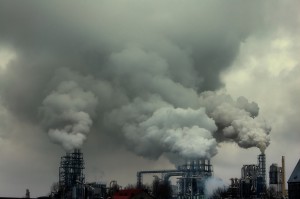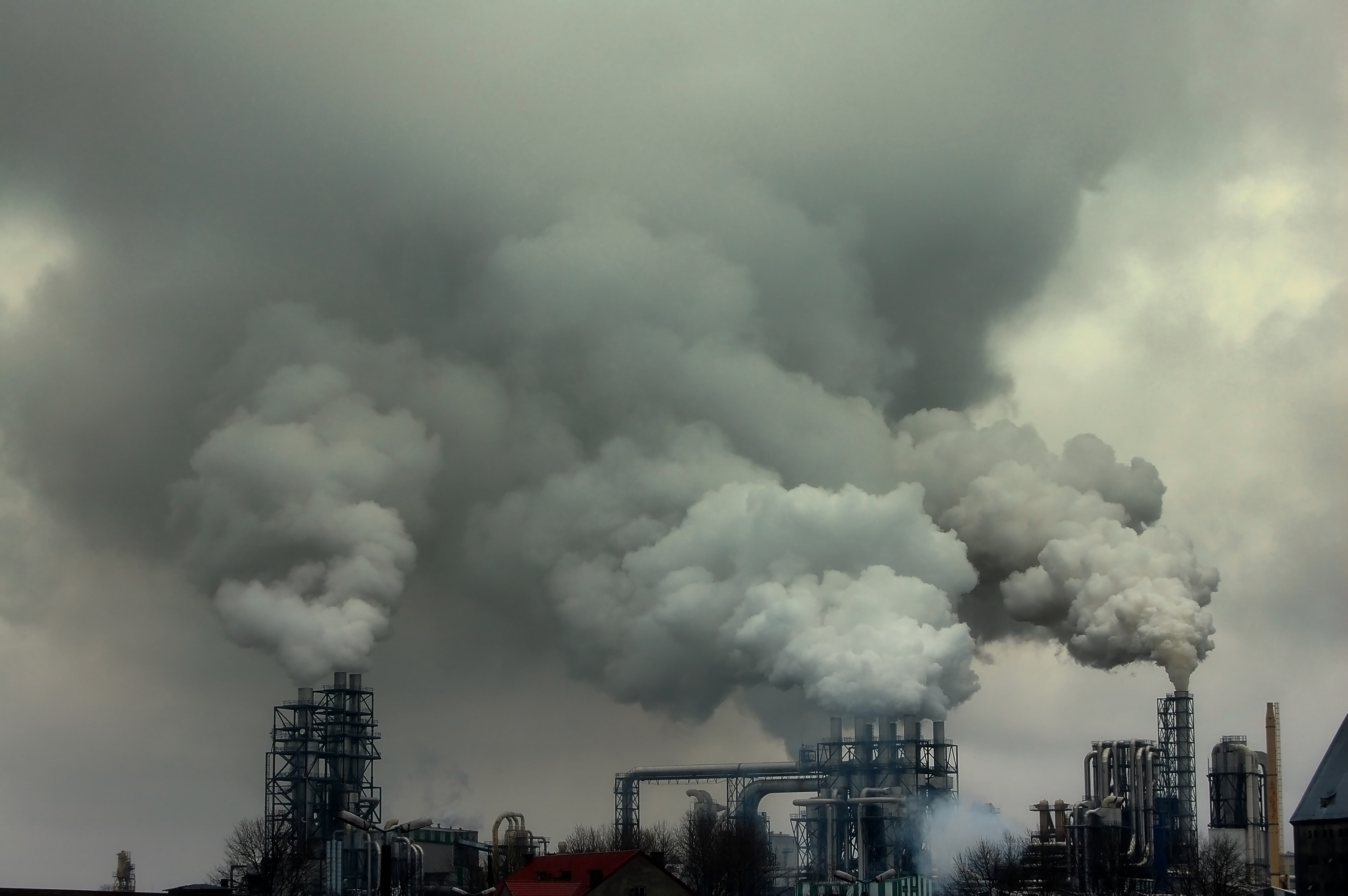
A lead consultant from research and consulting firm GlobalData suggests that China faces bigger challenges compared to their peers in developed economies. Nevertheless, natural gas is the key driver transforming energy consumption, and the situation improves more quickly that many expect. Jonathan Lane, GlobalData’s Head of Consulting for Power and Utilities, considers China’s current air pollution in relation to Britain’s industrial era.
“It is useful to contrast this with the challenges that lie before Beijing and other Chinese cities today and the progress they are making in improving air quality. The popular view is that Chinese politicians display the same attitude as Macmillan – burning coal and maintaining lax environmental policies in order not to damage economic growth. There are clear signs, however, that attitudes and development have changed significantly,” he states.
China and India’s cities suffer heavy levels of pollution due to mass motor vehicle ownership coinciding with the use of coal as a popular domestic fuel and local power generation fuel. Modern transport has coupled with more traditional coal-fired energy production, and the air quality is suffering as a result.
Lane comments that natural gas is the key driver transforming energy consumption in Beijing, and identifies development in three major areas. Firstly, the conversion of coal-fired heating and electricity generating plants from coal to natural gas is nearing completion in Beijing. The availability of natural gas to household consumers is also rising, with Beijing having around 4.5 million domestic gas connections, representing around 60-70% of all households. In addition to this, Compressed Natural Gas (CNG) is now available in Beijing, and the market is expected to grow rapidly. CNG has far fewer particulate emissions than either petrol or diesel.
“Indeed, natural gas is growing rapidly across China as many cities look to reduce their pollution problems,” says Lane. “GlobalData estimates that at the end of 2011, there were 108 million domestic natural gas connections in China, showing an astonishing growth of 19 million over 2010. Alongside the growth in domestic consumption will come growth in natural gas for urban electricity and heat generation, albeit more slowly. This, alongside China’s burgeoning solar PV market, will clear Beijing’s skies more quickly that many expect, and perhaps more quickly that London managed.”








